During a press conference on Sunday, local government representatives urged the education authorities to assign teaching staff to schools in Bazaar Zakhakhel and other areas in Upper Bara, Khyber district.
Chairman Khabar Jan Afridi, speaking on behalf of the Village Council, highlighted the inadequate facilities in several government-run schools and appealed to the relevant authorities for assistance in providing teaching staff.
He emphasized that there were more than 20 state-run schools in Bazaar Zakhakhel that were currently without teaching staff. This shortage was negatively impacting the students’ education. Afridi specifically requested that teachers specializing in science subjects be assigned to these schools. He also called for appropriate action against those teachers who were not fulfilling their duties.
Ten years ago, the government of Khyber-Pakhtunkhwa launched several initiatives in the Mohmand tribal territory to encourage parents to send their daughters to school. Despite offering incentives like food packages for each girl enrolled, these initiatives faced significant obstacles. It was due to tribal traditions and customs.
At that time, tribal elders and religious scholars played a key role in discouraging girls from attending school. However, there has been a notable shift, as tribesmen are now protesting against the lack of teachers, suitable school buildings, and necessary facilities in girls’ schools. They specifically demand more female instructors for Mohmand’s outlying areas. Unfortunately, the government has not been able to meet these demands satisfactorily.
In response, female students have taken to organizing demonstrations outside their schools to draw attention to the shortage of teachers. They have turned to social media as their main means of communication picked up by the mainstream media.
Despite the region’s abundant mineral and agricultural resources, the Otman Khel sub-clan of Mohmands face difficulties in Tehsil Ambar of Mohmand district. It has a population of 62,109 according to the 2017 census. Local residents often complain about the lack of facilities, particularly the absence of female teachers.
A citizen named Luqman expressed disappointment over the fact that there are only two schools in the entire tehsil, and that the teachers frequently neglect their duties. When attempts to involve the district administration and school officials proved unsuccessful, a grassroots protest documented on social media ensued. This caught the attention of the media. As a result, the education administration swiftly hired two female teachers.
While tribal Jirgas used to vehemently oppose girls’ education, recent developments indicate a shift in their perspective. A Jirga in the village of Shah Baig expressed serious concerns about the lack of educational facilities in twelve villages. They highlighted the government’s failure to address repeated requests. The elders also emphasized the urgent need for local girls’ schools.
Parents lamented that locally hired teachers are often transferred elsewhere due to the influence of certain individuals. The shortage of instructors remains a significant issue in Safi’s Shawa Farsh, with only one teacher for every 200 girls.
Zubaida Khattak, the district education officer for Mohmand, acknowledged the shortage of female teachers and pledged to resolve the issue.
The reality is that the lives of most people have not improved significantly.
This shift in attitude among tribesmen, who were previously opposing girls’ education, is a compelling example of changing dynamics in the region. Rather than focusing solely on persuading parents to send their daughters to school, they are now addressing systemic issues such as inadequate facilities and teacher shortages.

